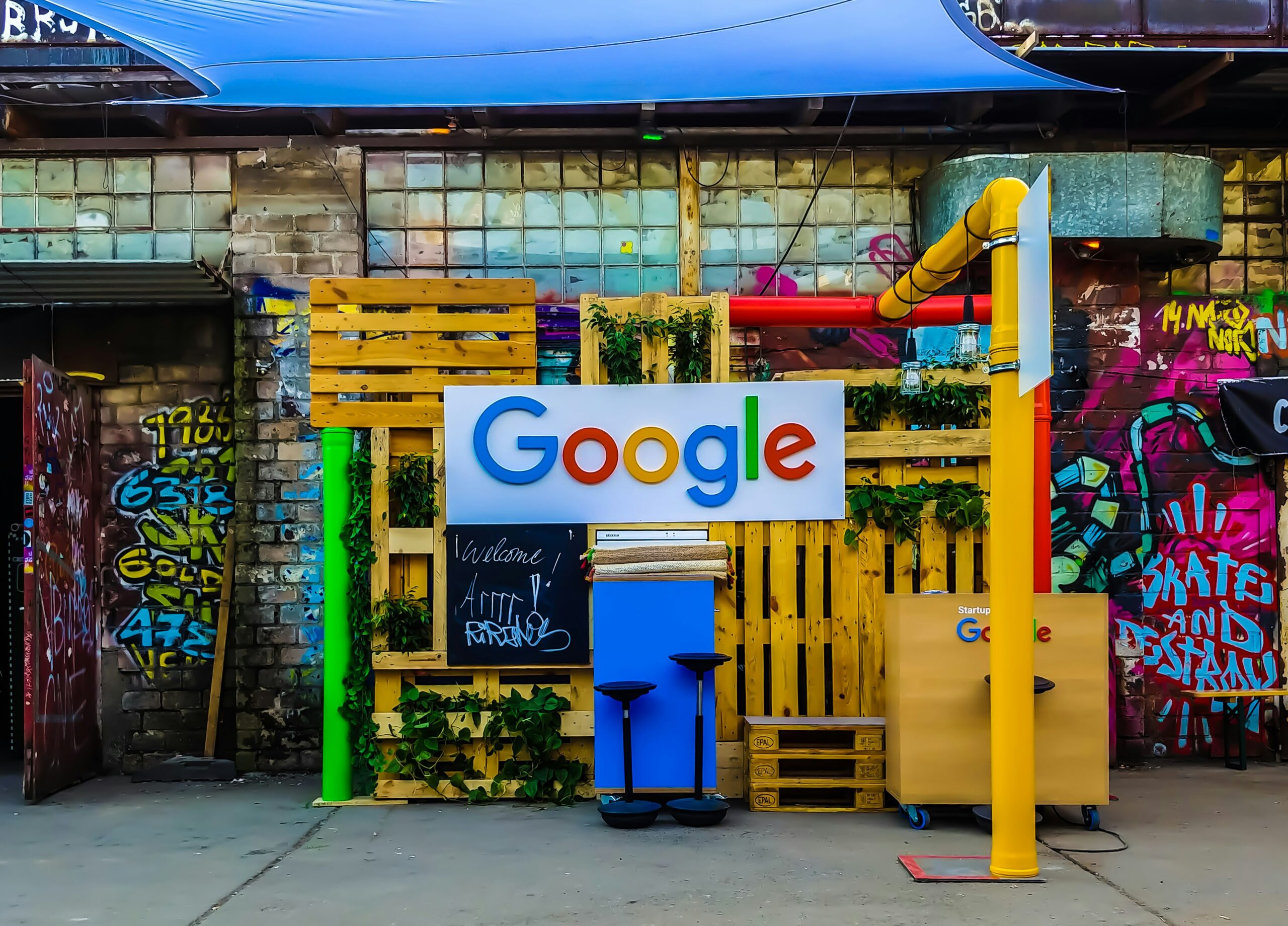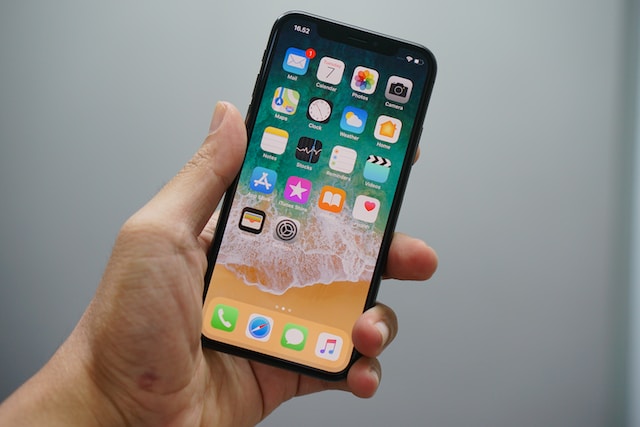Foldable phones represent a revolutionary stride in smartphone technology, offering the allure of expanded screen real estate and a novel user experience. Despite their potential, I’ve found myself, like many others, hesitating to fully embrace these innovative devices. Samsung Fold, OnePlus Open & Google’s Pixel Fold are decent phones, but while promising, haven’t entirely won many over yet.
Durability Concerns
The concept of a screen that folds is both fascinating and worrisome. The very nature of foldable phones introduces a vulnerability: the display. As with any new technology, concerns about the durability of these flexible screens persist. Despite advancements in materials and design, questions about the long-term resilience of foldable screens against daily wear and tear, creasing, and damage linger.
Weight, Thickness, and Design
Foldable phones often come with a trade-off in terms of weight, thickness, and design. The mechanisms required to enable folding inevitably add bulk to the device. In a time where slim and sleek designs dominate the smartphone market, the added weight and thickness of foldable phones might not appeal to those seeking a more minimalist, pocket-friendly device.
Price and Value Proposition
The innovative technology driving foldable phones also contributes to their steep price tags. For many, the current cost of these devices doesn’t align with the perceived value, especially considering the aforementioned concerns about durability. The high price point becomes a significant barrier for those looking for a practical investment in a smartphone.
App Optimization and Usability
While the hardware innovation is impressive, the software and app optimization for foldable screens still lag behind. Not all apps are tailored to take full advantage of the expanded screen real estate. Many apps don’t seamlessly transition from the folded to the unfolded state, leading to a disjointed user experience. This lack of optimization can hamper the utility and allure of foldable phones.
Evolution and Wait-and-See Approach
In the tech world, initial iterations often pave the way for more refined, superior versions. With foldable phones, the first models are essentially prototypes of a groundbreaking concept. Waiting for subsequent iterations allows for improvements in durability, design, and software optimization, potentially addressing the current concerns and making them more appealing in the future.
Conclusion
Foldable phones are undeniably intriguing, embodying a leap forward in smartphone innovation. However, a blend of durability concerns, pricing, design trade-offs, and software optimization hurdles currently hampers their universal appeal. For some, the concept is ahead of its time, requiring more advancements and refinements to fully embrace their potential.





